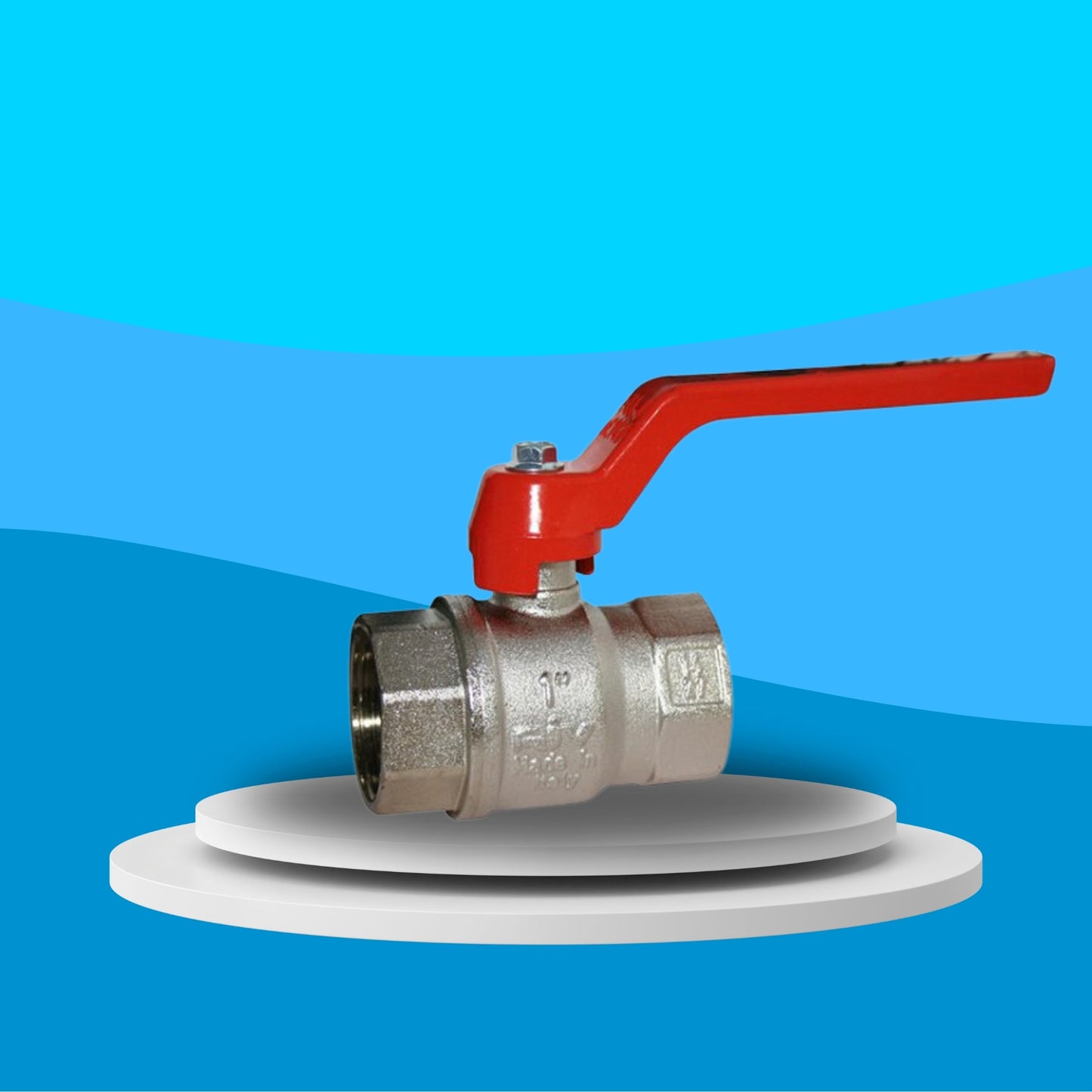Wras Valves
Wras Approved Brass Ball Valve - Standard Pattern Male X Female (Aluminium Lever)
Wras Approved Brass Ball Valve - Standard Pattern Male X Female (Aluminium Lever)
Couldn't load pickup availability
WRAS Approved | Male x Female Thread | Nickel Plated Brass | Full Bore | Aluminium Lever Handle
The WRAS Approved Brass Ball Valve – Standard Pattern Male x Female with an aluminium lever is designed for dependable flow control in potable water systems, heating applications, and general plumbing use. Featuring a male x female threaded connection, this valve allows for straightforward installation into mixed-thread systems, making it a versatile choice for installers.
Constructed from nickel-plated brass, the valve provides excellent corrosion resistance and mechanical durability, while the full bore design supports unrestricted flow and minimal pressure loss. The aluminium lever handle is lightweight yet strong, providing smooth and confident manual operation, along with easy visibility and identification in active systems.
WRAS approval ensures the valve is safe and compliant for use in drinking water systems across the UK. It’s ideal for domestic, commercial, and light industrial use where reliability, ease of use, and compliance are essential.
WV 4170
Share

FAQ's
What is the difference between a valve and an actuator?
What types of actuators are available?
The main types of actuators are:
Pneumatic actuators – use compressed air for fast, reliable operation.
Electric actuators – use electrical power for precise control.
Hydraulic actuators – use fluid pressure for high-torque applications.
Each type offers unique advantages depending on the environment, media, and system control needs.
How do I choose the right actuator for my valve?
To select the correct actuator, consider:
Valve type and torque requirement
Power source available (air, electric, or hydraulic)
Operating environment (temperature, humidity, hazardous area)
Control signal type (on/off or modulating)
Matching actuator torque and compatibility with the valve’s ISO mounting ensures reliable performance.
What are the main types of valves used in automation?
The most common valves in automated systems include:
Ball valves – for tight shutoff and quick operation.
Butterfly valves – for larger flow control with compact design.
Globe valves – for precise throttling and flow regulation.
Check valves – to prevent backflow.
Gate valves – for full bore flow isolation.
What’s the difference between a double-acting and spring-return actuator?
Double-acting actuators use air (or power) to both open and close the valve.
Spring-return actuators use air to open (or close) the valve, and a built-in spring to automatically return it to a safe position when power or air is lost — ideal for fail-safe operation.
How often should valves and actuators be serviced?
Regular maintenance intervals depend on operating conditions, but a good rule of thumb is to inspect every 6–12 months.
This includes checking for leaks, lubrication, seal wear, and actuator responsiveness to prevent unexpected downtime.

